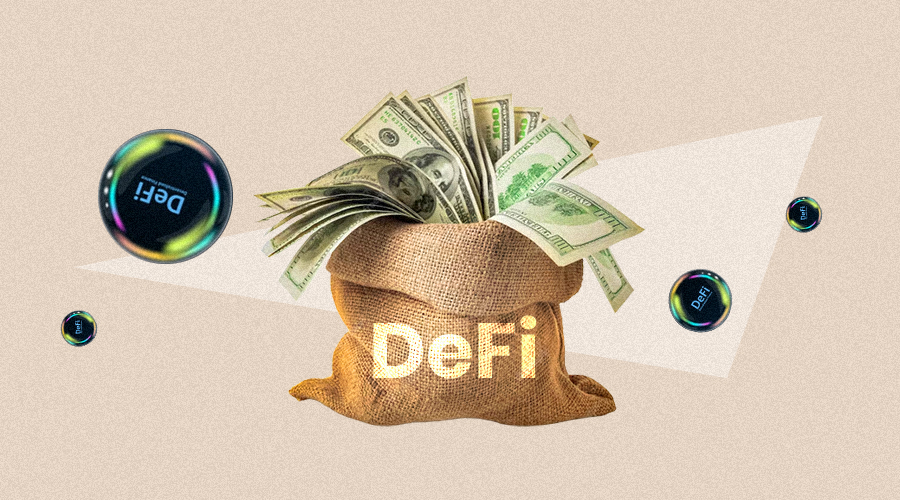 “Decentralized Finance (DeFi) vs NFTs: Analyzing Investment Choices in 2023”
“Decentralized Finance (DeFi) vs NFTs: Analyzing Investment Choices in 2023”
Introduction:
The ever-evolving landscape of the cryptocurrency market presents investors with an array of choices, with two prominent categories being Decentralized Finance (DeFi) coins and Non-Fungible Tokens (NFTs). Both DeFi and NFTs have gained significant attention and adoption within the crypto community, but they represent distinct investment choices with unique features and potential returns. In this exploration, we delve into the characteristics, advantages, and considerations associated with DeFi coins and NFTs, empowering investors to make informed decisions in the dynamic world of digital assets.
Decentralized Finance (DeFi) Coins:
Decentralized Finance, or DeFi, has emerged as a transformative force within the cryptocurrency space, aiming to decentralize traditional financial systems through blockchain technology. DeFi coins represent a diverse range of digital assets that facilitate various financial services without the need for traditional intermediaries like banks. Here are key aspects of DeFi coins as investment choices:
Liquidity Provision and Yield Farming: DeFi coins often play a crucial role in liquidity provision and yield farming protocols. Investors can earn rewards by providing liquidity to decentralized exchanges or participating in yield farming strategies, where they lend or stake their assets to earn additional tokens.
Smart Contracts and Automated Protocols: DeFi coins leverage smart contracts to automate financial processes, enabling decentralized lending, borrowing, and trading. This automation enhances efficiency, reduces counterparty risk, and eliminates the need for intermediaries.
Governance and Decision-Making: Many DeFi projects incorporate governance tokens, allowing holders to participate in the decision-making processes of the protocol. Investors can actively influence the development and direction of the project by voting on proposed changes or upgrades.
Risk and Volatility: While DeFi presents innovative opportunities, it also comes with inherent risks. Smart contract vulnerabilities, market volatility, and the potential for protocol exploits are factors that investors should carefully consider.
Non-Fungible Tokens (NFTs):
Non-Fungible Tokens (NFTs) represent unique digital assets that are indivisible and cannot be exchanged on a one-to-one basis. They are often used to tokenize digital or physical assets, including art, music, virtual real estate, and more. Here are key aspects of NFTs as investment choices:
Digital Ownership and Scarcity: NFTs operate on blockchain technology, providing verifiable digital ownership and scarcity. Each NFT is unique and cannot be replicated, making them valuable for representing ownership of digital or physical assets.
Digital Art and Collectibles: NFTs gained widespread popularity in the art and collectibles space. Digital artists and creators tokenize their work, allowing collectors to purchase and own a unique piece of digital art. NFTs have opened up new avenues for artists to monetize their creations.
Virtual Real Estate and Gaming: NFTs extend beyond art into virtual real estate and gaming. In virtual worlds and blockchain-based games, players can buy, sell, and trade virtual assets as NFTs. This has created a new paradigm for in-game economies.
Marketplaces and Secondary Sales: NFTs are often traded on specialized marketplaces. Investors can participate in the primary sale of NFTs or engage in secondary market trading. The resale of NFTs in secondary markets can result in price appreciation or depreciation based on market demand.
Comparative Analysis:
When considering DeFi coins and NFTs as investment choices, investors should weigh their risk tolerance, investment goals, and preferences. DeFi coins offer opportunities for passive income through liquidity provision but come with risks associated with the broader cryptocurrency market. On the other hand, NFTs provide a unique ownership experience but may be subject to market trends and the subjective value placed on digital assets.




